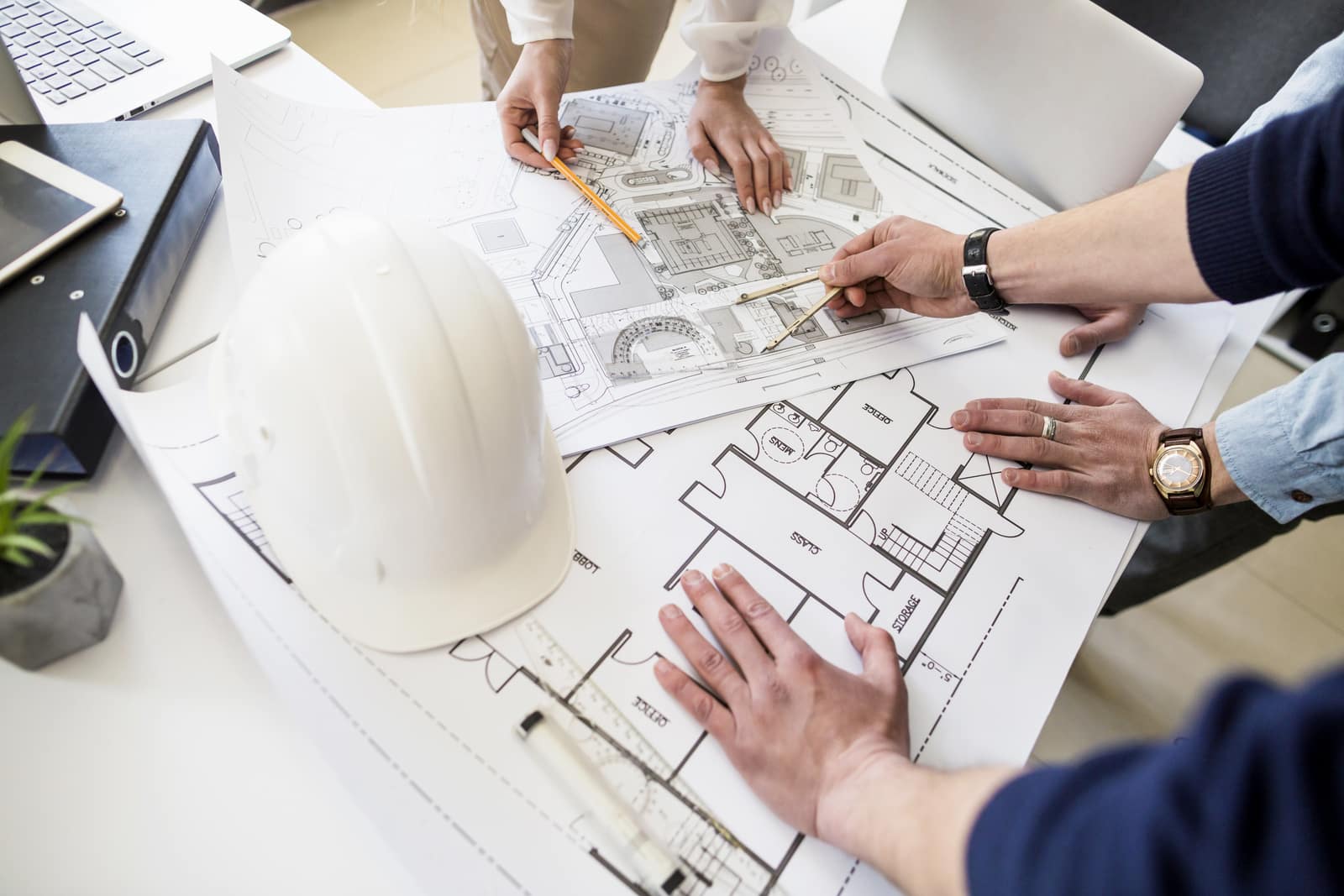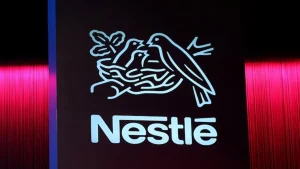
Industrial architecture plays a crucial role in designing efficient, safe, and technologically advanced facilities that support manufacturing, logistics, and large-scale operations. However, industrial architects must navigate complex design requirements, environmental considerations, and technological advancements while ensuring that facilities remain adaptable for the future.
An architecte industriel Stendel + Reich specializes in overcoming these challenges by creating functional, scalable, and energy-efficient industrial spaces that align with evolving industry needs.
Below are some of the biggest challenges industrial architects face today and how they address them.
1. Balancing Functionality with Cost Efficiency
The Challenge
Industrial buildings require large-scale infrastructure that must be both cost-effective and operationally efficient. Architects must optimize space, materials, and technology while staying within budget.
Architectural Solutions
- Prefabrication and modular construction to reduce costs and speed up development.
- High-efficiency structural design to minimize waste and material usage.
- Optimized layouts that maximize production flow and minimize transportation time within the facility.
Cost-effective industrial architecture ensures long-term profitability and operational efficiency.
2. Adapting to Automation and Smart Manufacturing
The Challenge
Modern industrial facilities must integrate robotics, IoT, and automated systems, requiring architects to design buildings that support these technologies.
Architectural Solutions
- Creating open floor plans that allow flexibility for future automation upgrades.
- Designing strong structural support systems for heavy robotic equipment.
- Incorporating smart energy management systems that adjust power use based on demand.
Smart industrial buildings improve productivity, reduce costs, and enhance scalability.
3. Sustainability and Energy Efficiency
The Challenge
Industrial facilities consume significant amounts of energy, making sustainable design essential to reduce environmental impact and operating costs.
Architectural Solutions
- Installing solar panels and renewable energy sources to supplement power needs.
- Using high-performance insulation and natural lighting to reduce HVAC demands.
- Designing water recycling and waste management systems for eco-friendly operations.
Sustainable industrial architecture meets government regulations while reducing long-term energy costs.
4. Meeting Safety and Compliance Standards
The Challenge
Industrial buildings must comply with strict safety codes to protect workers and prevent hazards such as fires, chemical spills, and structural failures.
Architectural Solutions
- Designing fire-resistant materials and sprinkler systems to improve safety.
- Incorporating separate zones for hazardous materials to prevent contamination risks.
- Ensuring proper ventilation and air quality controls for worker health.
Architects play a key role in ensuring industrial facilities are safe, compliant, and efficient.
5. Managing Site Constraints and Logistics
The Challenge
Industrial sites often have space limitations, zoning restrictions, and transportation challenges, requiring architects to optimize site planning.
Architectural Solutions
- Maximizing vertical storage solutions for limited space.
- Ensuring access to major transportation routes for efficient logistics.
- Designing multi-use industrial complexes to optimize land use.
Strategic site planning improves operational efficiency and long-term sustainability.
6. Designing for Future Expansion and Flexibility
The Challenge
Industrial buildings must be adaptable to new technologies, expanded production lines, and business growth.
Architectural Solutions
- Using modular building components for easy expansion.
- Designing facilities with extra infrastructure capacity for future upgrades.
- Ensuring flexible floor plans that accommodate evolving industry trends.
Scalable architecture minimizes future renovation costs and downtime.
7. Incorporating Worker Comfort and Well-Being
The Challenge
Industrial spaces are often designed with efficiency in mind, but worker comfort is equally important for productivity and safety.
Architectural Solutions
- Installing climate control systems for consistent indoor temperatures.
- Designing break areas and wellness spaces to support employee well-being.
- Using natural lighting and ergonomic workstations to reduce fatigue.
A well-designed industrial facility enhances worker satisfaction and operational performance.
8. Integrating Advanced Security Systems
The Challenge
Industrial facilities often house valuable equipment, materials, and intellectual property, requiring strong security measures.
Architectural Solutions
- Installing secure access control systems with biometric verification.
- Using surveillance cameras and AI-powered monitoring for real-time security.
- Designing perimeter protection with fencing, barriers, and restricted access zones.
A well-secured facility prevents unauthorized access, theft, and operational disruptions.
Conclusion
Industrial architects must balance functionality, safety, sustainability, and adaptability while designing facilities that support modern manufacturing and logistics. An architecte industriel Stendel + Reich focuses on creating efficient, future-ready industrial spaces that meet industry demands.
By integrating smart automation, sustainable solutions, safety measures, and scalable designs, industrial architecture plays a critical role in enhancing operational efficiency and long-term success.





